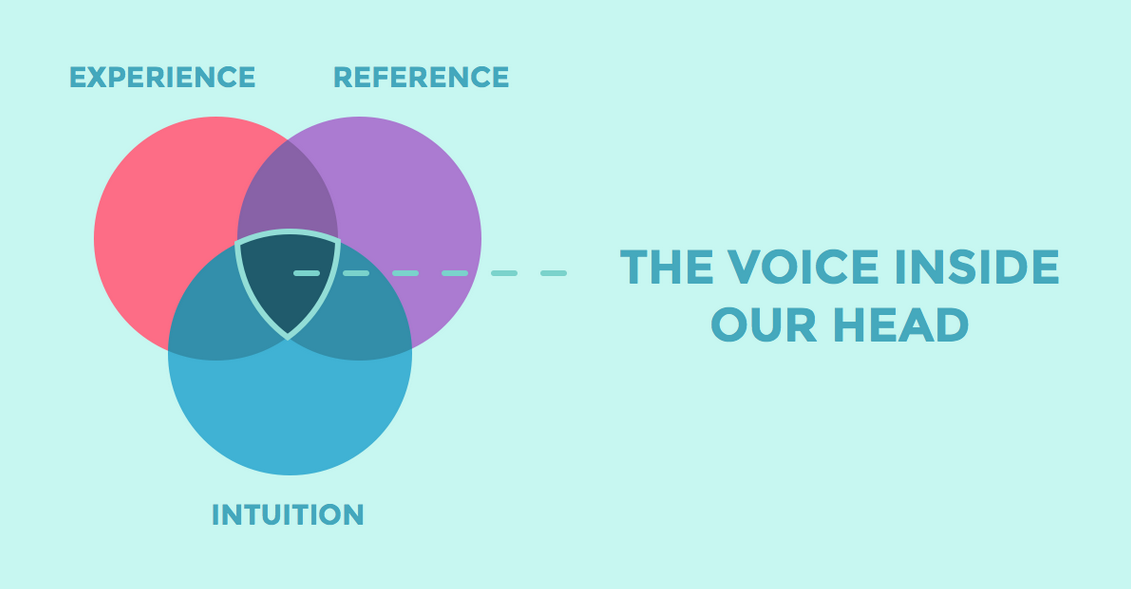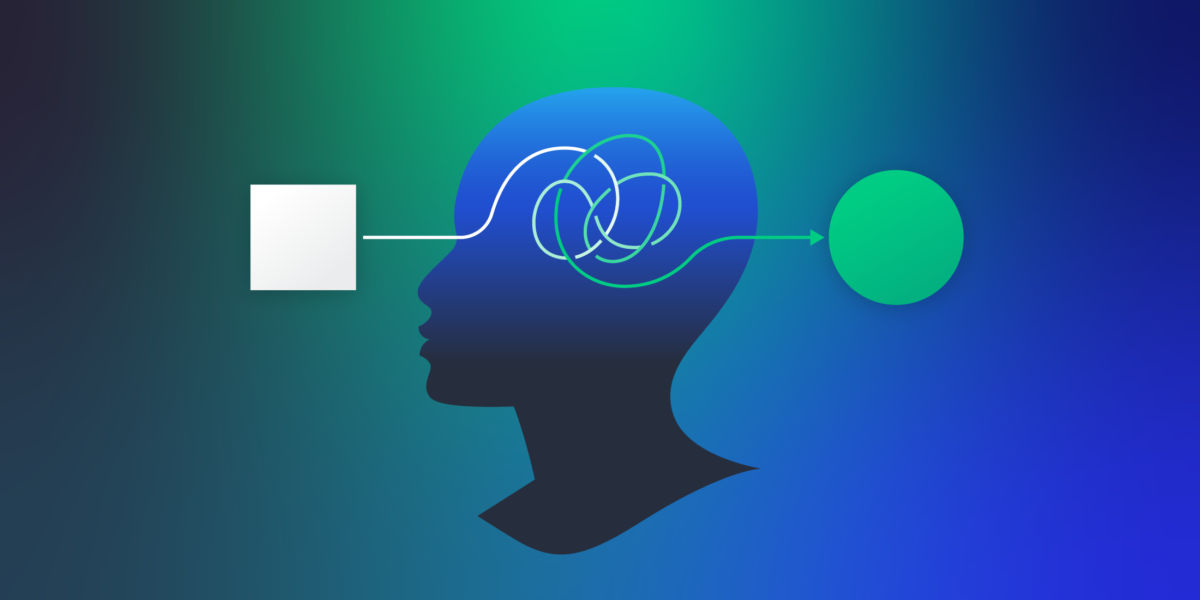Introduction
Decision fatigue is real. In a digital environment filled with options, users are constantly making choices – what to click, where to navigate, and which content to engage with. Poorly designed websites and applications can overwhelm visitors, resulting in frustration, drop-offs, and missed opportunities.
The antidote? Thoughtful, intuitive UX design that guides users toward decisions rather than leaving them guessing. When done well, your website or app becomes a tool that supports choices, enhances engagement, and boosts conversions.
In this article, we’ll explore:
– How UX can influence user decision-making without overwhelming them
– The role of user testing, prototype testing, and A/B testing in designing for decisions
– Practical strategies for designing intuitive interfaces that improve website findability and usability
Understanding Decision-Focused UX
Traditional UX focuses on usability: ensuring users can navigate, find content, and complete tasks. Decision-focused UX goes a step further – it actively helps users make informed choices.
Why it matters:
- Users faced with unclear navigation or content overload are more likely to abandon tasks.
- Inefficient layouts can obscure key information, reduce task completion rates, and frustrate users.
- Clear design decisions, structured information architecture, and purposeful content flow increase confidence, satisfaction, and retention.
- Effective UX doesn’t just present options – it prioritizes them, clarifies their value, and leads users seamlessly to desired outcomes.
The Role of User Testing and Prototype Testing
Before finalizing designs, observing real users interacting with your product is crucial. User testing helps identify gaps, ambiguities, or friction points that may disrupt decision-making.
- Prototype testing allows teams to evaluate preliminary designs before full development. It’s ideal for identifying navigation inefficiencies and gauging user comprehension.
- A/B testing enables data-driven choices by comparing variations of layouts, CTAs, or interactive elements to determine which version best supports user decisions.
Integrating these testing methods ensures that both content and interaction paths are aligned with user expectations. It also allows designers to iteratively refine the design process, improving both usability and engagement.
Leveraging AI Agents in UX Research
The rise of AI Agents has added a new dimension to usability testing. These automated tools simulate user behavior, navigate websites, and complete tasks, providing early insights before human testing begins.
Strengths of AI Agents:
- Scalability: Test multiple scenarios rapidly without recruiting participants
- Benchmarking: Compare usability metrics across prototypes or competitor sites
- Structural insights: Detect dead-ends, missing information, and navigation loops
Limitations:
- Lack of context and nuanced interpretation
- Difficulty with ambiguous tasks or non-linear flows
- Limited ability to evaluate content perception or emotional response
While AI Agents can streamline early-stage testing, human participants remain essential for evaluating decision-making clarity and cognitive load.
Designing Interfaces That Guide Decisions
A decision-focused UX requires strategic design choices across several dimensions:
a) Simplify Navigation
Users should never feel lost. Clear menus, breadcrumb trails, and logical content grouping improve website findability.
Practical tips:
- Use descriptive labels that align with user intent
- Highlight critical features or categories
- Reduce unnecessary clicks to important actions
Example: A subscription platform restructured its navigation around user goals, resulting in 15% higher engagement and faster task completion.
b) Prioritize Visual Hierarchy
A well-structured visual hierarchy directs attention, reduces cognitive load, and encourages meaningful interactions.
Key tactics:
- Highlight key CTAs and headlines using size, color, and placement
- Place the most critical content “above the fold”
- Maintain consistent typography and design patterns for familiarity
Users scan rather than read every element. Strong visual cues guide them toward decisions without overwhelming.
c) Optimize Content for Decision-Making
Content should not only inform – it should support choices.
- Address common pain points directly via tutorials, FAQs, or case studies
- Use concise, scannable copy to reduce decision fatigue
- Include context-specific recommendations to help users select the right option
Content integrated with intuitive design improves engagement, task completion, and ultimately, conversions.
d) Mobile-First Considerations
With mobile traffic dominating, seamless mobile testing is critical. Poor mobile experiences lead to frustration and higher drop-offs.
Mobile-first strategies:
- Responsive layouts that adapt across devices
- Touch-friendly buttons and interactive elements
- Minimized page load times to maintain engagement
A mobile-optimized UX ensures users can make decisions effortlessly on any device.
e) Use Progressive Disclosure
Present information progressively to avoid overwhelming users. By revealing details only when necessary, you can guide decision-making without clutter.
- Start with high-level options
- Expand into detailed choices as needed
- Use visual cues to indicate additional information is available
This approach balances clarity with comprehensiveness, empowering users without cognitive overload.
Iterative Testing and Continuous Improvement
Great UX is never static. Continuous testing and refinement are essential.
Tracking User Behavior:
- Heatmaps and session recordings: Identify where users click, scroll, or abandon tasks
- Analytics: Track task completion, page exit points, and navigation patterns
A/B Testing:
- Test variations of CTAs, layouts, and navigation
- Implement incremental changes for controlled learning
- Use platforms like Optimizely or VWO for robust experimentation
Iterative testing allows designers to refine interfaces, improve decision paths, and ensure the site meets evolving user expectations.
Conclusion: Designing UX That Empowers Decisions
Decision-focused UX goes beyond usability. It anticipates user needs, simplifies choices, and structures content in ways that guide users toward desired outcomes.
By combining intuitive navigation, strong visual hierarchy, content that supports decisions, mobile-first design, and AI-driven insights, UX teams can create digital experiences that engage, retain, and convert users effectively.
Designing for decisions requires continuous effort—monitor, test, iterate, and refine. When done well, your site or application becomes more than a functional tool; it becomes a digital companion that empowers users to act confidently and effortlessly.
Now it’s your turn – apply these strategies to guide users rather than overwhelm them, and watch engagement, conversions, and satisfaction soar.
- Designing for Decisions: UX That Guides, Not Overwhelms - October 6, 2025
![]() Give feedback about this article
Give feedback about this article
Were sorry to hear about that, give us a chance to improve.
Error: Contact form not found.



